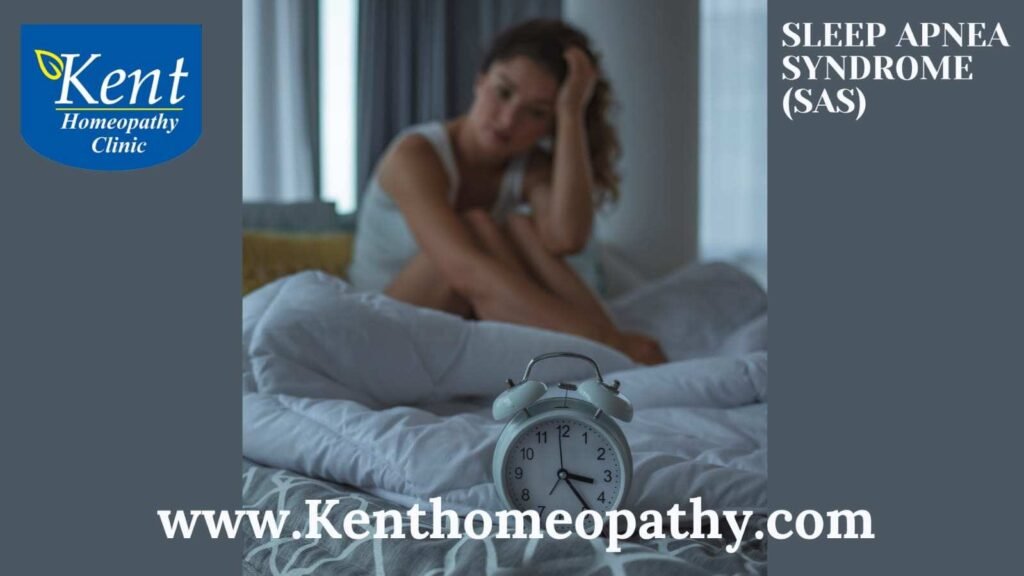Sleep Apnea Syndrome

Sleep Apnea Disorder: Unraveling Symptoms, Causes, and Types
Sleep apnea is a sleep disorder characterized by pauses in breathing during sleep. These interruptions, known as apneas, can occur multiple times throughout the night, leading to disruptions in sleep patterns and potential health complications. Understanding the symptoms, causes, and types of sleep apnea is crucial for proper diagnosis and effective management.
Symptoms:
- Loud Snoring:
– One of the most common symptoms of sleep apnea is loud and persistent snoring. This occurs as a result of the narrowed or obstructed airway during sleep.
- Pauses in Breathing:
– Witnessed pauses in breathing during sleep are a hallmark sign. These pauses can last for a few seconds to a minute and may be followed by a snort or gasp as breathing resumes.
- Excessive Daytime Sleepiness:
– Individuals with sleep apnea often experience excessive daytime sleepiness, leading to drowsiness, difficulty staying awake, and decreased alertness.
- Morning Headaches:
– Morning headaches are a common complaint among those with sleep apnea, possibly due to the effects of oxygen deprivation during the night.
- Difficulty Concentrating:
– Impaired cognitive function, difficulty concentrating, and memory problems are associated with sleep apnea-related sleep disturbances.
- Irritability and Mood Changes:
– Sleep apnea can contribute to irritability, mood swings, and increased susceptibility to stress.
- Dry Mouth or Sore Throat:
– Breathing through the mouth, common in individuals with sleep apnea, can lead to a dry mouth or sore throat upon waking.
- Insomnia:
– Some individuals with sleep apnea experience difficulty falling asleep or staying asleep, contributing to insomnia.
Causes:
- Obstructive Sleep Apnea (OSA):
– OSA is the most prevalent form of sleep apnea and occurs when the muscles in the throat relax excessively, causing a partial or complete blockage of the airway.
- Central Sleep Apnea (CSA):
– CSA is less common and results from a failure of the brain to send proper signals to the muscles responsible for breathing.
- Complex or Mixed Sleep Apnea:
– Some individuals may have a combination of both obstructive and central sleep apnea, referred to as complex or mixed sleep apnea.
- Risk Factors:
– Various factors increase the risk of developing sleep apnea, including obesity, family history, being male, having a large neck circumference, being older, and having certain medical conditions like hypertension.
- Alcohol and Sedative Use:
– Consuming alcohol or sedatives before bedtime can relax the muscles in the throat, increasing the likelihood of airway obstruction.
- Smoking:
– Smoking contributes to inflammation and fluid retention in the airway, making it more susceptible to blockage.
- Nasal Congestion:
– Conditions that cause nasal congestion or obstruction, such as allergies or anatomical issues, can contribute to sleep apnea.
Types:
- Obstructive Sleep Apnea (OSA):
– OSA, the most prevalent type, occurs when the muscles at the back of the throat relax excessively, leading to airway obstruction.
- Central Sleep Apnea (CSA):
– CSA results from a failure of the brain to send appropriate signals to the muscles that control breathing.
- Complex Sleep Apnea Syndrome (Treatment-Emergent CSA):
– Complex sleep apnea, also known as treatment-emergent central sleep apnea, involves a combination of both obstructive and central sleep apnea. It may develop in individuals undergoing continuous positive airway pressure (CPAP) therapy for OSA.
Contact to know more
Contact
Timings
Monday to Saturday:
11:00 AM to 02:30 PM
06:30 PM to 09:00 PM
